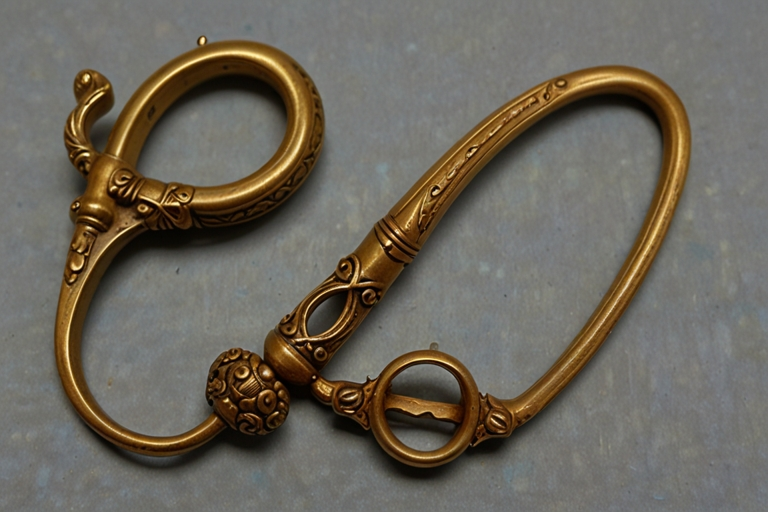The Tñacuache: A Marvel of Adaptation 2024
Introduction
Often overshadowed by its more charismatic cousins, the Tñacuache, or opossum, is a remarkable creature that has captured the hearts of many with its unique adaptations and endearing quirks. Native to the Americas, this marsupial has thrived in diverse habitats, showcasing its incredible resilience and adaptability. Join us as we delve into the fascinating world of the Tñacuache.
Understanding the Tñacuache
Often overlooked and sometimes misunderstood, the Tñacuache, more commonly known as the opossum, is a fascinating creature that has thrived in a variety of environments across the Americas. Belonging to the marsupial family, this adaptable mammal has captured the attention of naturalists and animal enthusiasts alike.
Physical Attributes
With its distinctive appearance, the Tñacuache is easily recognizable. These medium-sized mammals boast a body length of 30 to 50 centimetres, complemented by a prehensile tail that can add another 25 to 40 centimetres. Their weight typically falls between 2 and 5 kilograms.
Their coarse fur, exhibiting a mottled pattern of grey and white, provides excellent camouflage. Combined with their bare, scaly tails, launches have a unique and somewhat comical appearance. Other notable features include an elongated snout, large ears, and sharp teeth perfectly adapted for their omnivorous diet.
Habitat and Distribution
Remarkably adaptable, launches have a wide geographical range, extending from the northern reaches of North America down to the southern tip of South America. From dense forests to sprawling grasslands and even bustling urban areas, these creatures have demonstrated an impressive capacity to make a home in various environments.
Their adaptability is further evidenced by their ability to withstand varying climates. Launch launches have developed mechanisms to cope with these challenges, whether it’s the scorching heat of tropical regions or the frigid temperatures of northern latitudes. Their fur provides insulation, while the accumulation of body fat helps them endure colder conditions.
Diet and Feeding Habits
Tñacuaches are omnivorous, and their diet encompasses various food items. Their menu includes fruits, insects, small vertebrates, and carrion. This dietary flexibility is a critical factor in their survival in different ecosystems.
As opportunistic feeders, launches are constantly looking for their next meal. Their keen sense of smell is instrumental in locating food sources, while their agile hands allow them to handle a variety of prey easily. These mammals play a crucial role in maintaining ecological balance by consuming a diverse diet. They help control insect populations and contribute to seed dispersal through their droppings.
Behaviour and Social Structure
Primarily nocturnal, Tñacuaches spend their days resting in secluded dens or nests. With the onset of darkness, they emerge to forage and explore their surroundings. Unlike many other mammals, Tñacuaches are solitary creatures that come together primarily for mating. They do not form complex social structures or maintain long-term bonds.
Communication among launches involves a combination of vocalizations and body language. These animals emit familiar sounds such as hisses, growls, and screeches. Additionally, they use body postures, such as arching their backs or baring their teeth, to convey messages to others.
Reproduction and Life Cycle
Tñacuache breeding patterns vary depending on geographical location but typically occur once or twice a year. Tiny and underdeveloped young are born after a remarkably short gestation period of 12 to 14 days. These newborns immediately go to the mother’s pouch, continuing to grow and develop for approximately two months. Once they reach a sufficient size, the young begin venturing outside the pouch, riding on their mother’s back until they can independently survive.
Unfortunately, Tñacuaches have a relatively short lifespan in the wild, averaging 2 to 4 years. Predation and environmental challenges contribute to their reduced life expectancy.
Ecological Impact and Conservation
Tñacuaches are integral components of their ecosystems. They help maintain a healthy balance by consuming carrion and controlling insect populations. Additionally, their role in seed dispersal contributes to plant diversity.
However, these remarkable creatures face threats from habitat loss, urban development, and road accidents. Conservation efforts are essential to protect their populations and ensure their continued survival. Supporting wildlife conservation organizations, promoting habitat preservation, and minimizing human-wildlife conflict are crucial to safeguarding launches and their environments.
Common Misconceptions and Cultural Significance
Despite their ecological importance, Tñacuaches are often misunderstood. Myths and misconceptions about these animals abound, with many people perceiving them as aggressive or disease-carrying creatures. In reality, Tñacuaches are generally docile and pose little threat to humans. Educating the public about their true nature is essential for dispelling these unfounded fears and fostering appreciation for these fascinating animals.
Tñacuaches have also captured humans’ imaginations throughout history. They appear in folklore, myths, and various forms of media, often symbolizing adaptability and survival. Their unique characteristics and behaviours have inspired artists, writers, and filmmakers, solidifying their place in human culture.
Conclusion
The Tñacuache is captivating with its remarkable adaptability, intriguing behaviours, and crucial ecological role. Understanding and appreciating these animals can contribute to their conservation and ensure their continued presence in our world.




Post Comment